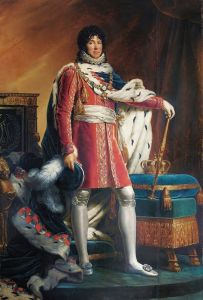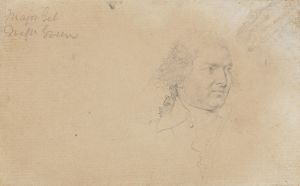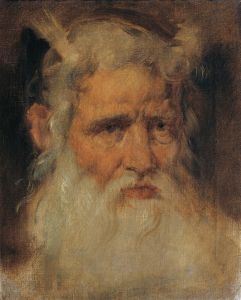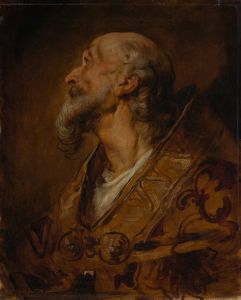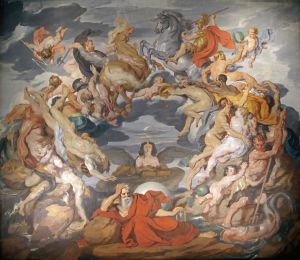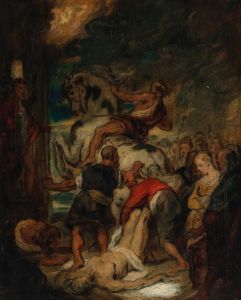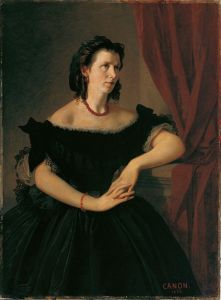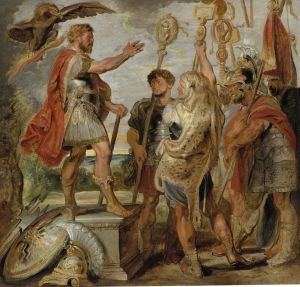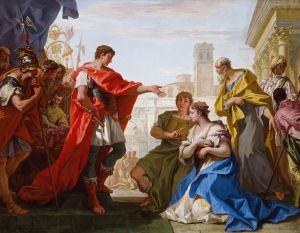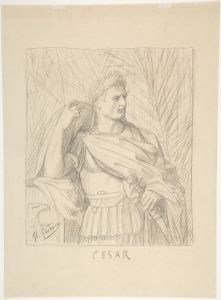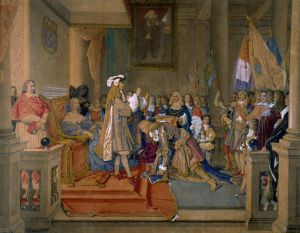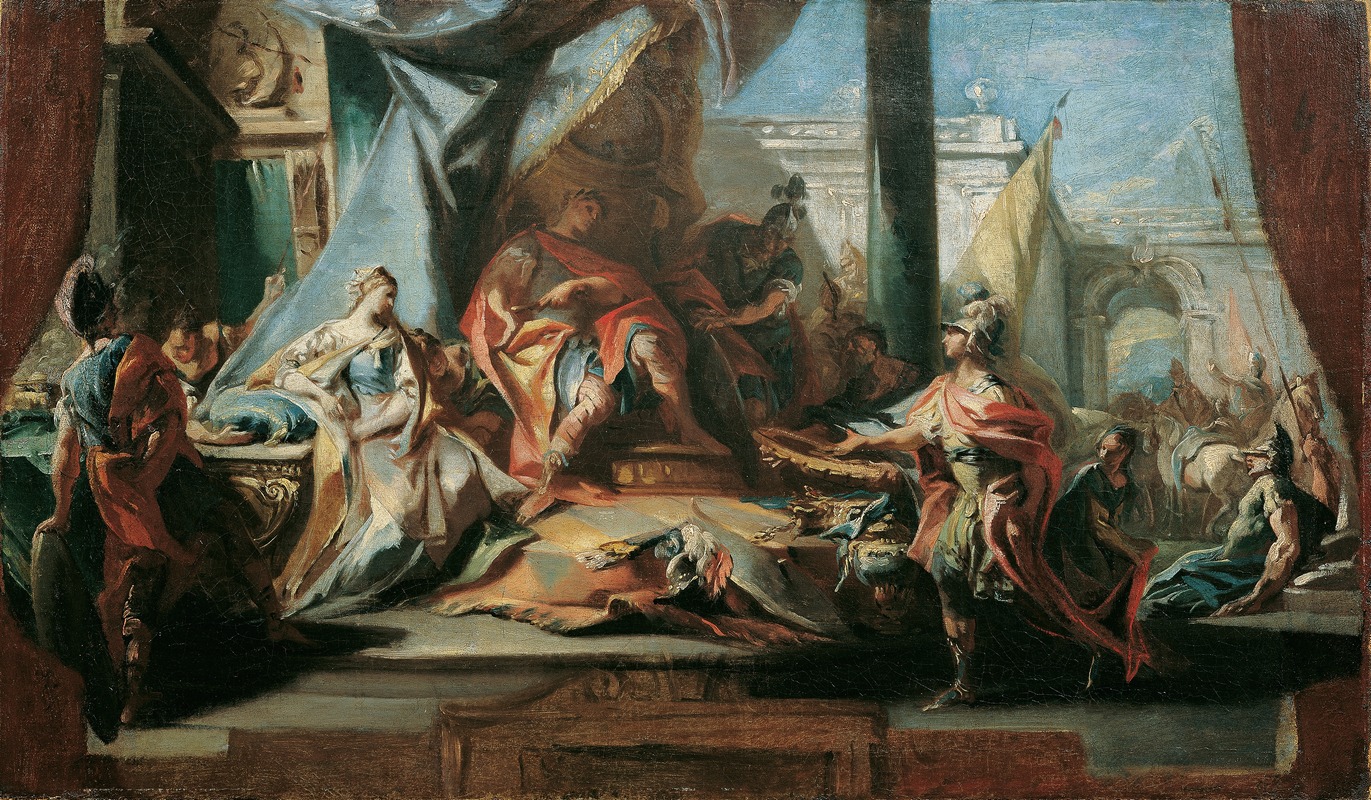
Die Großmut Des Scipio
A hand-painted replica of Hans Canon’s masterpiece Die Großmut Des Scipio, meticulously crafted by professional artists to capture the true essence of the original. Each piece is created with museum-quality canvas and rare mineral pigments, carefully painted by experienced artists with delicate brushstrokes and rich, layered colors to perfectly recreate the texture of the original artwork. Unlike machine-printed reproductions, this hand-painted version brings the painting to life, infused with the artist’s emotions and skill in every stroke. Whether for personal collection or home decoration, it instantly elevates the artistic atmosphere of any space.
"Die Großmut Des Scipio" (The Magnanimity of Scipio) is a painting by the Austrian artist Hans Canon, whose real name was Johann Baptist Strašiřipka. Canon was born on March 15, 1829, in Vienna, Austria, and he became known for his historical and genre paintings. He studied at the Academy of Fine Arts in Vienna and later in Düsseldorf, where he was influenced by the Düsseldorf school of painting.
The painting "Die Großmut Des Scipio" depicts a historical scene from the life of the Roman general Scipio Africanus. Scipio is best known for his role in the Second Punic War against Carthage, particularly for his victory at the Battle of Zama in 202 BC, which effectively ended the war. The specific event illustrated in Canon's painting is the story of Scipio's magnanimity towards a captured Carthaginian princess.
According to historical accounts, after the Battle of Baecula in 208 BC, Scipio captured a beautiful young Carthaginian princess. Instead of taking her as a prize of war, Scipio learned that she was betrothed to an Iberian prince named Allucius. Demonstrating his noble character, Scipio returned the princess to her fiancé unharmed and even provided a generous dowry. This act of kindness and honor greatly impressed the local tribes and helped to secure their loyalty to Rome.
Hans Canon's painting captures this moment of magnanimity, emphasizing the themes of honor, virtue, and the moral high ground taken by Scipio. The composition likely includes Scipio in a central, commanding position, with the princess and her fiancé depicted in a manner that highlights their relief and gratitude. The background and other figures in the painting would typically reflect the historical and cultural context of the period, showcasing Roman military attire and possibly elements of Carthaginian or Iberian dress.
Canon's work is characterized by its attention to detail and the dramatic use of light and shadow, which would be evident in "Die Großmut Des Scipio." His ability to convey emotion and narrative through his paintings made him a respected artist in his time. Although not as widely known today, Canon's contributions to historical painting remain significant.
"Die Großmut Des Scipio" is an example of how art can be used to convey historical events and moral lessons. It reflects the 19th-century interest in classical antiquity and the virtues associated with historical figures. The painting serves as a reminder of the timeless values of honor and generosity, as exemplified by Scipio Africanus.
Hans Canon continued to paint until his death on September 12, 1885. His works, including "Die Großmut Des Scipio," are part of various collections and continue to be studied for their artistic and historical significance.





